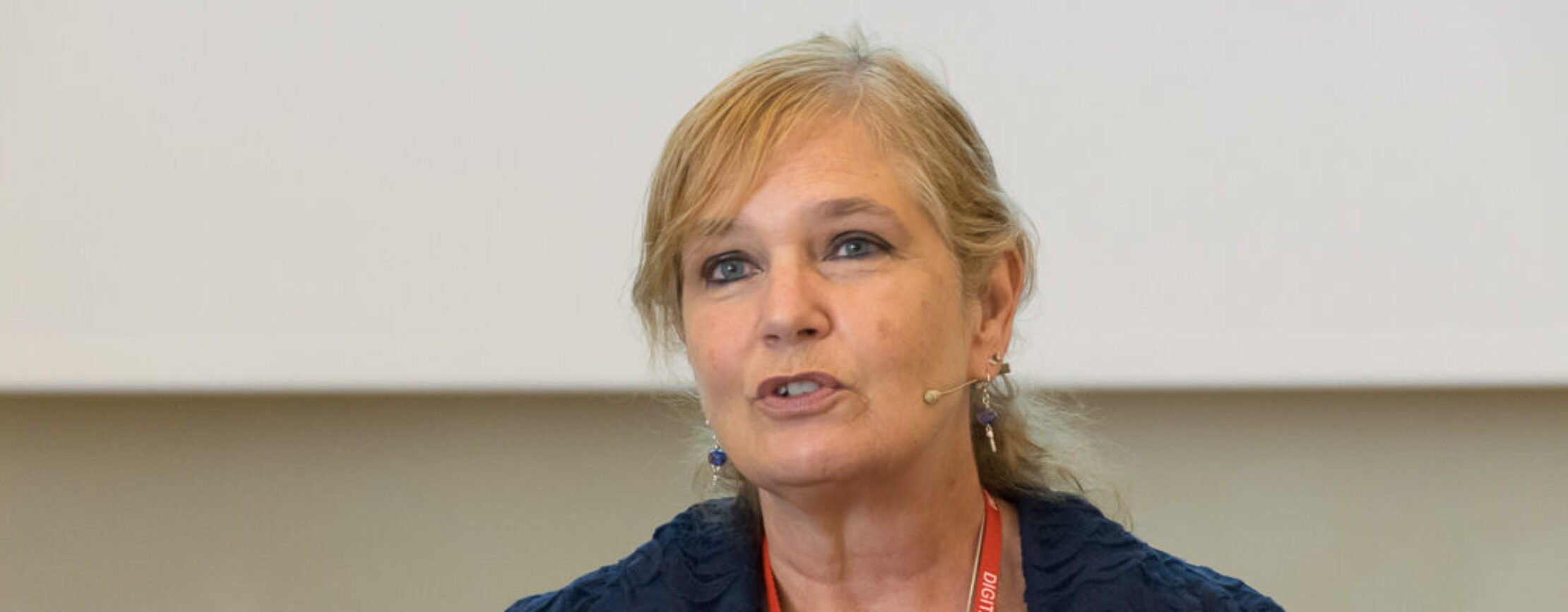
Pat McGrew: making the most of personalisation
Become a FESPA Member
to Continue Reading
We speak to print industry expert Pat McGrew about the potential for leveraging personalisation in your legacy presses.
With a print career that has spanned 35 years – starting in an offset print shop before going on to start her own print data software company; helping Adobe understand requirements for transaction communication needs for PDF; and having spells working for Pitney Bowes, Kodak and HP – Pat McGrew is, by her own admission, a “bit weird” in terms of her range of experience.
But now as a freelance consultant, Pat’s sheer breadth of knowledge is the ideal foundation to help the industry look towards the future. Which is why she was the perfect person to open this year’s Personalisation Experience’s SmartHub Conference.
“As an organisation, FESPA is very advanced in terms of colour, and in automation and technology. So, what we wanted to demonstrate to attendees is that there is an opportunity for personalisation in sign and display, and folding carton, and corrugated – everything you can think of covered by FESPA,” Pat says.
“Whether you are doing movie posters or subscription boxes, or any of the things you do with wide format, it is possible to leverage technology that we’ve known how to use for 30 years and bring it into this market. Therefore, the goal of my session at the show was to lay the groundwork for what personalisation looks like in these spaces.”
Signs of the timesThe first step in the journey of opening minds to the possibilities for personalisation is to understand exactly what the term means.
“We’re really not talking about adding a name to a letter. What we are talking about is creating an automatic workflow that allows you to use the concepts of data, information that your customer might have, and allow them to personalise or customise in a mass way,” Pat says.
“As an example, think of the signs you see in your local bank. Every high-street bank and every village bank will have slightly different constituencies. There may be slightly different messaging that they want to use, but they’ve always used the same messaging because they’ve always printed things on big offset printers at 1,000 or 2,000 units a time.
“What if you could make that messaging more custom to the local village, to the things that are important to them? Maybe it is farmers in one village, maybe it’s…
...